[Press release] SuperGrid Institute inaugurates its high power source test platform – the first of its kind in Europe
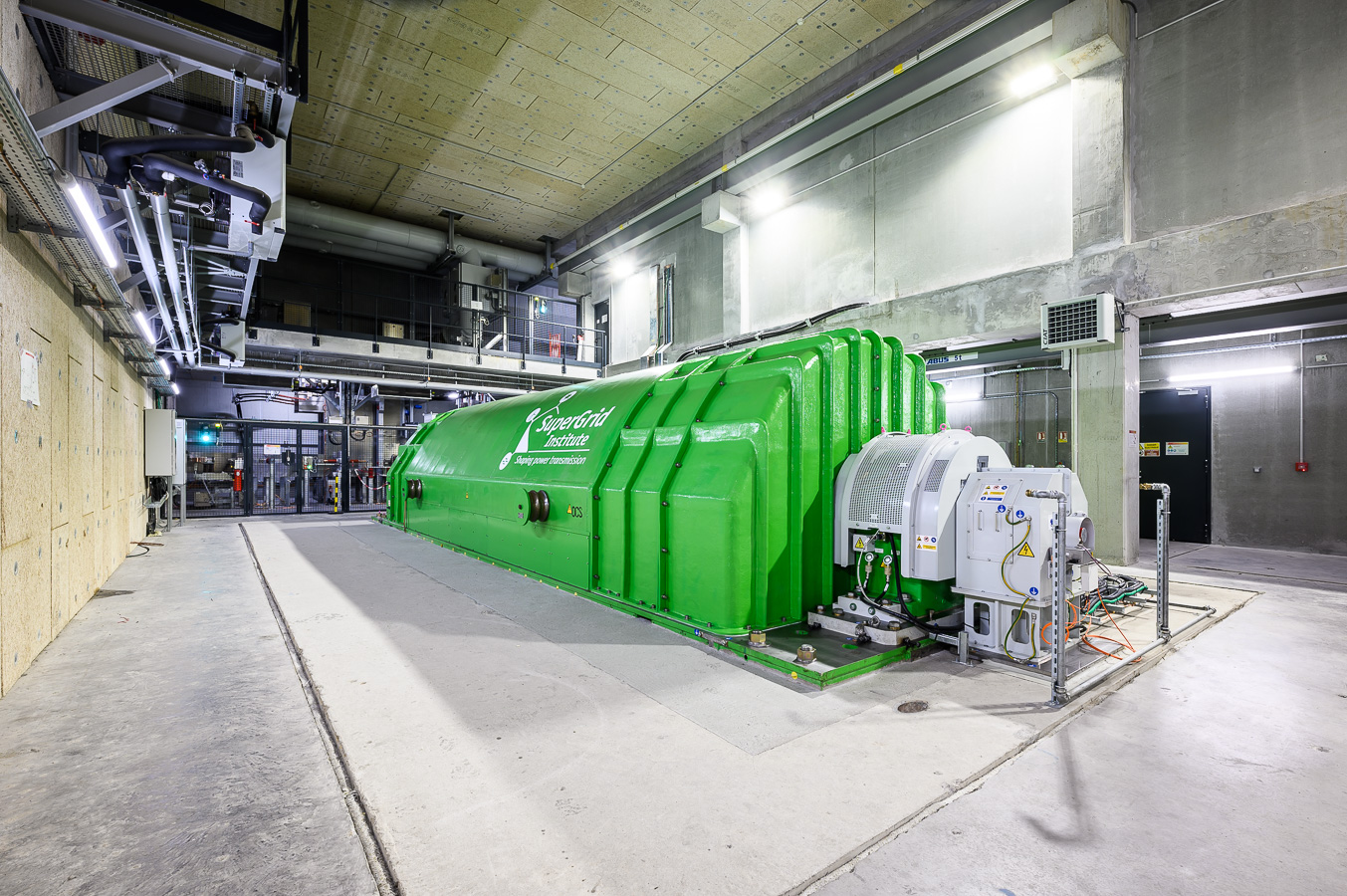
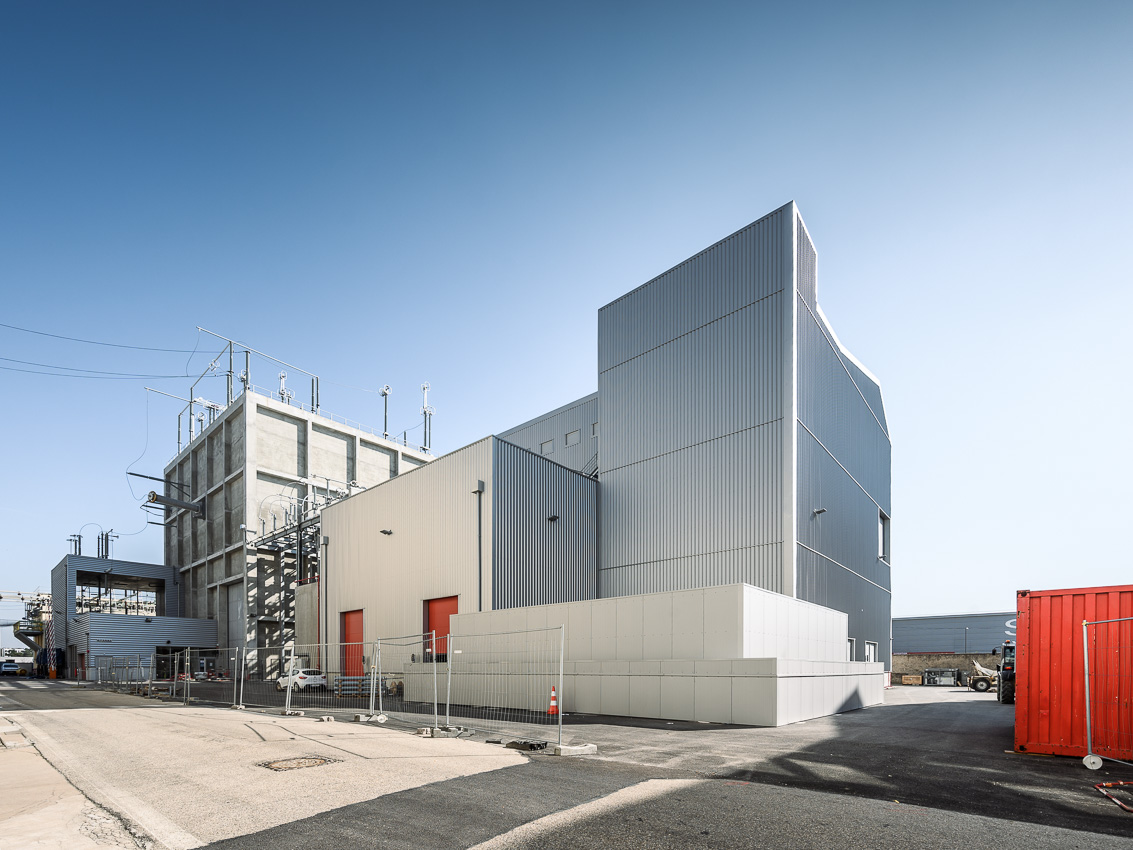
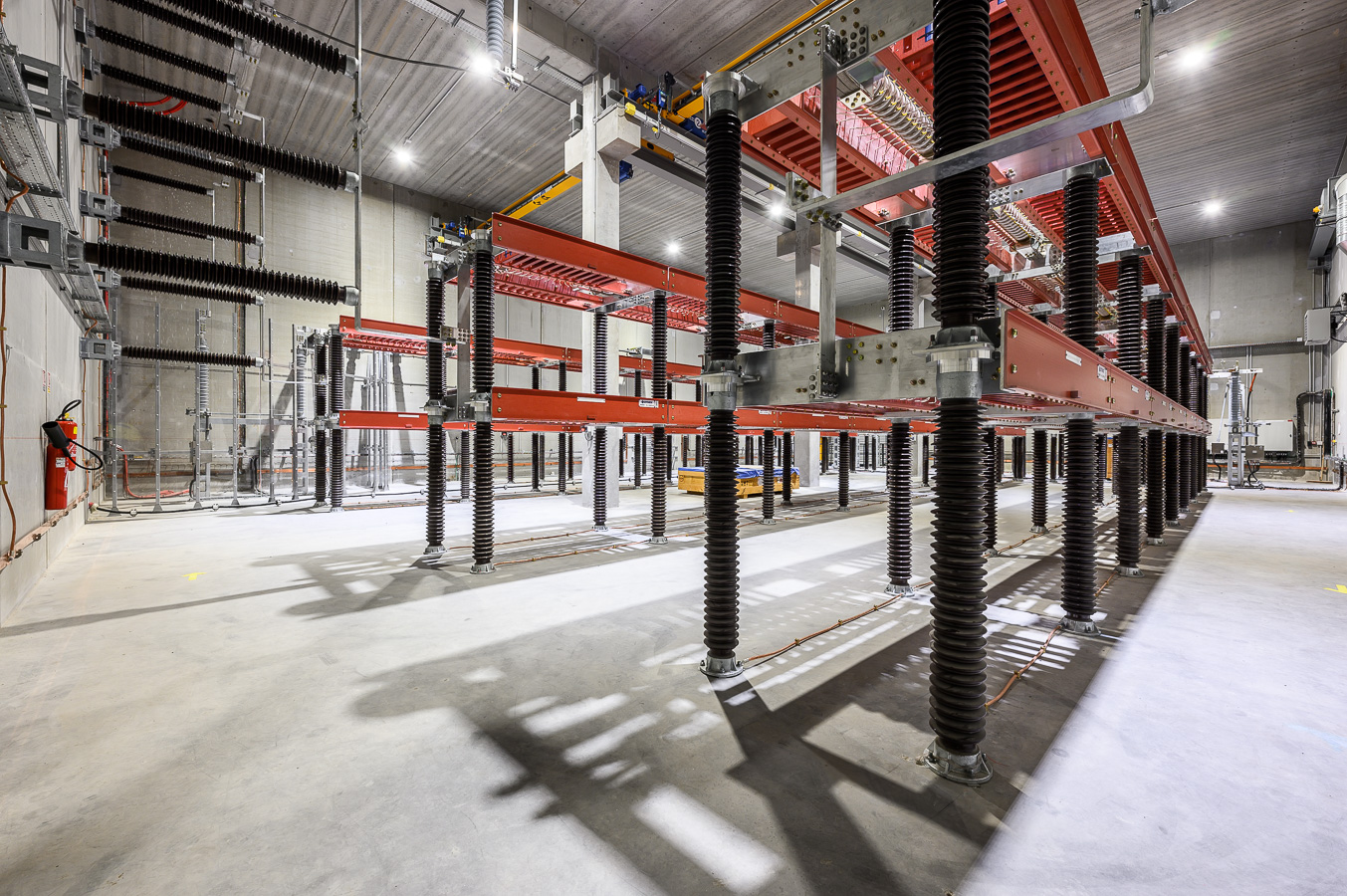
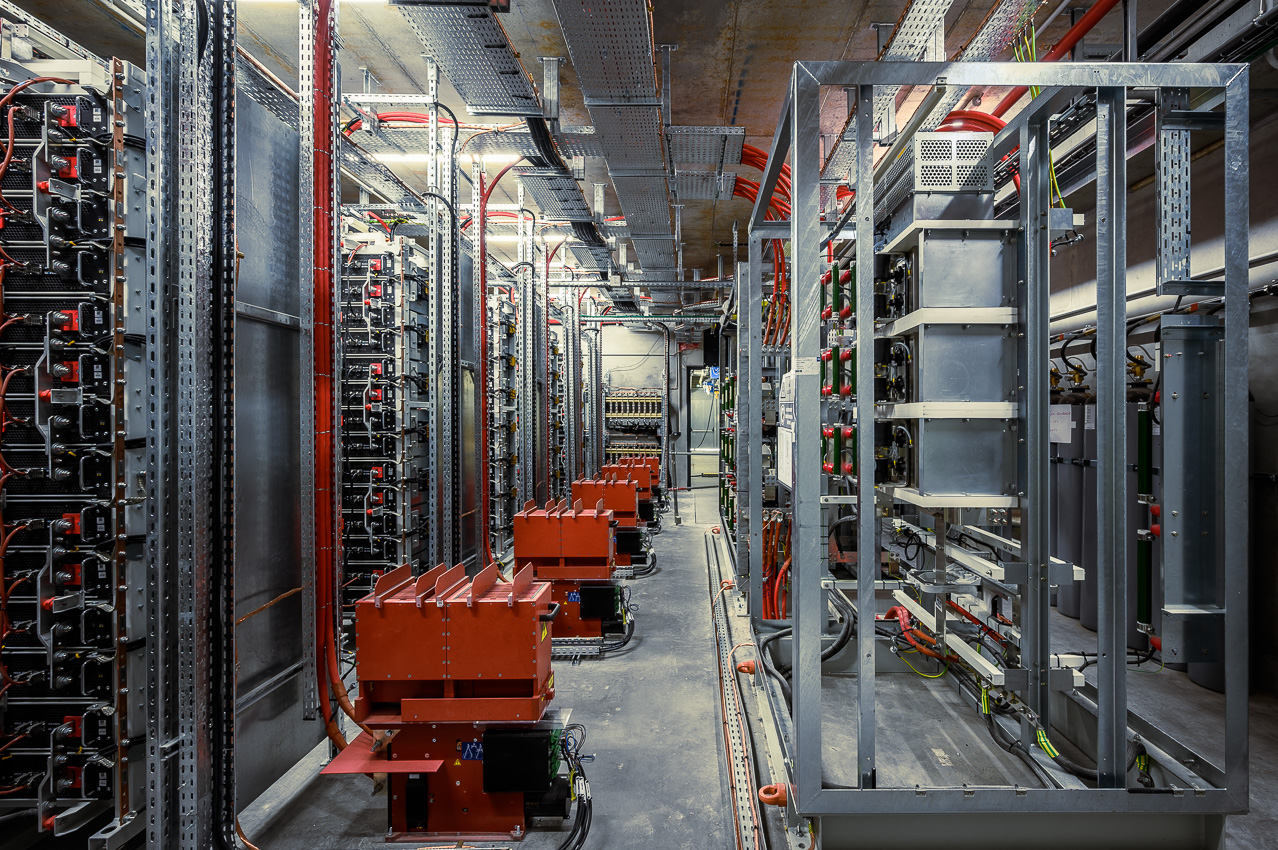
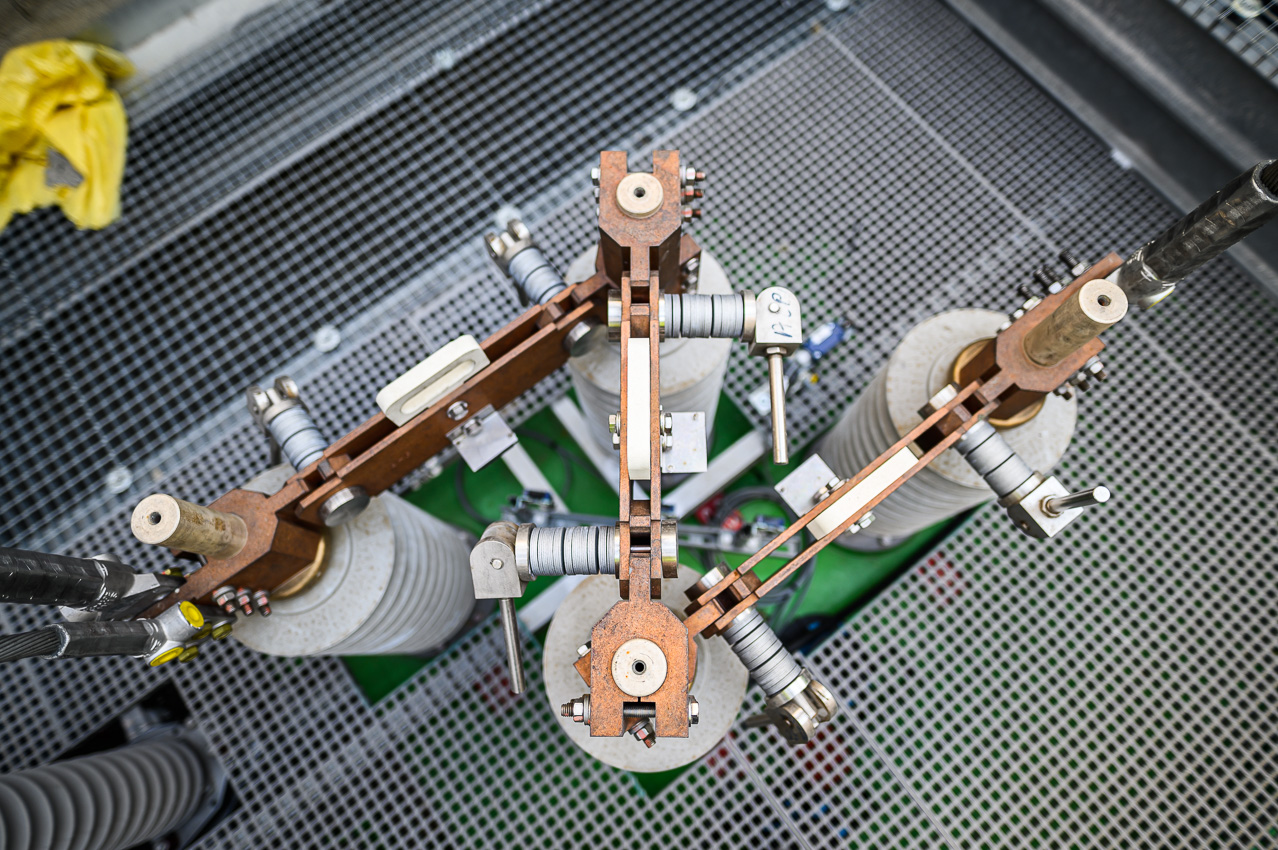
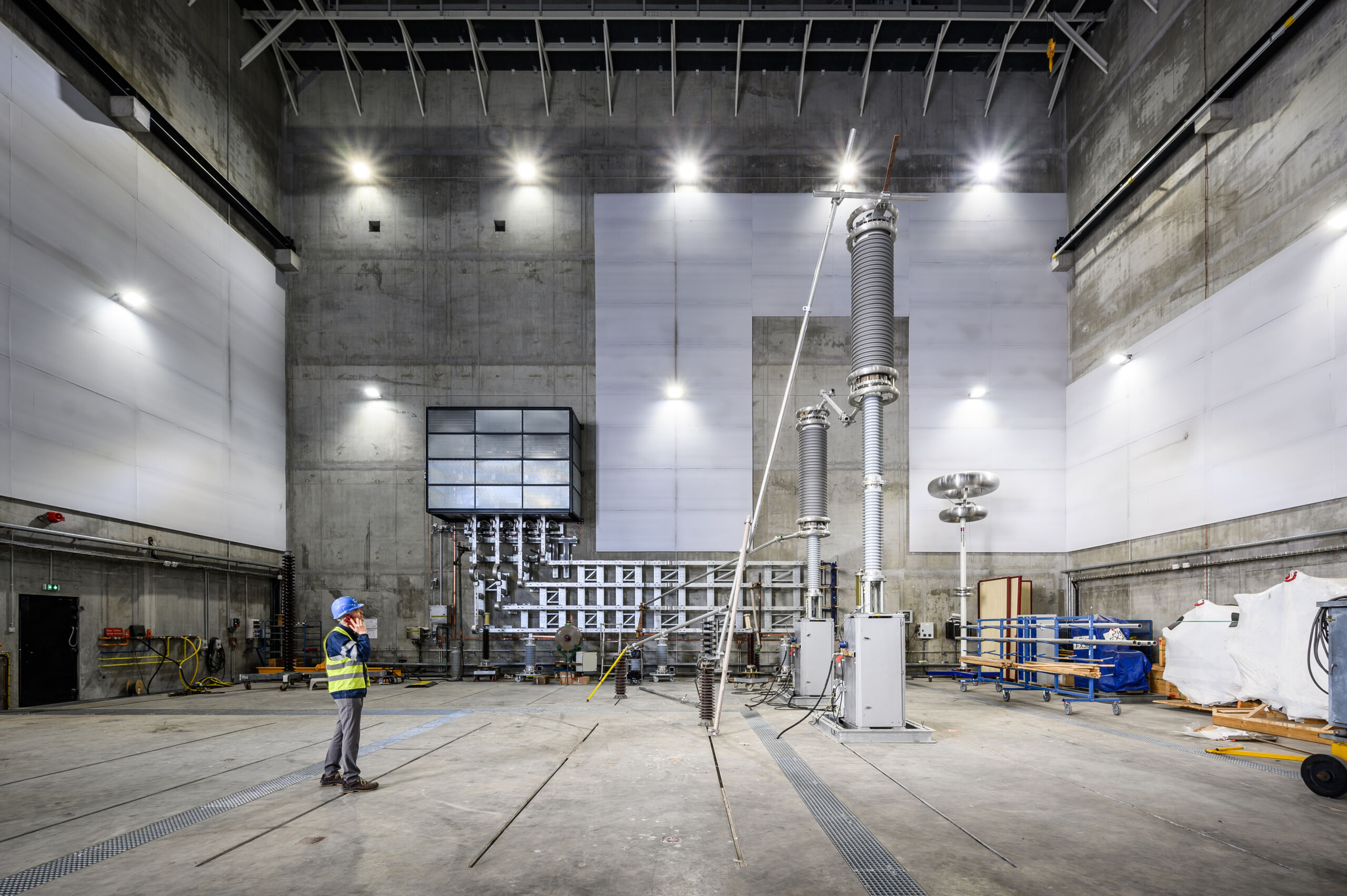
This new platform, the first of its kind in Europe, was developed to support industrial players’ development of new high voltage technologies for the massive integration of renewable energies into the power grid. This transition towards renewable energy calls for the development of direct current (DC) electricity networks.
The platform is a crucial asset for this transition as it enables the validation of future high-voltage equipment in direct current as well as in alternating current and offers an extensive range of tests.
The High Power Source is a current source that can provide exceptionally high currents, in the range of a hundred kilo amperes, for extremely short periods. “For a few tenths of a second to a few seconds, we can reproduce the power output of a power station,” explains Christophe Creusot, the platform’s Technical Manager at SuperGrid Institute.
A facility without equal in Europe
While existing platforms only produce AC current, the High Power Source is capable of producing the real high voltage direct current that devices will encounter in the field. “Our platform is the only one in Europe that generates direct current power, as found in the power grid. This is extremely important, as high voltage DC networks are the power grids of the future. This is a real competitive advantage for the research we are conducting on new DC circuit breakers,” says Hubert de la Grandière, CEO of SuperGrid Institute.
The production of this DC current is made possible by the platform’s current rectifier, which converts the current generated by an alternator into high-voltage direct current. SuperGrid Institute can therefore carry out tests on every type of protective equipment for electrical networks (circuit breakers, current limiters, etc.). “Our platform is also able to carry out alternating current tests at different frequencies. It is this ability to perform both types of tests (DC and AC), and the wide range of possibilities that are consequently available, that makes it unique,” adds Christophe Creusot.
An exceptional variety of tests
The platform is designed to carry out short-circuit tests on substation equipment at different frequencies: 50 Hz, 60 Hz, or even 16.667 Hz (for certain niche tests required in the railway industry for example) and up to 80 kA. When coupled with the generators of General Electric’s CERDA test laboratory, which is located on a neighbouring site in Villeurbanne, the High Power Source will be able to perform tests at currents in the range of 140 kA. “The range of tests that we are capable of performing is already extensive, but if a customer comes to us tomorrow with a particularly specific request, we will examine how we can accommodate them on a case-bycase basis,” says Christophe Creusot.
An investment with a significant contribution from the Auvergne-Rhône-Alpes Region
Following its creation in 2014, SuperGrid Institute moved into its new premises in Villeurbanne in 2018, bringing the majority of its test platforms together under one roof. At the end of its initial ten-year-long investment period, the Institute will have received more than €220m in funding, thanks to the French Investments of the Future Programme (PIA, now “France 2030”) and its shareholders. SuperGrid Institute has dedicated €45.9 million to this High Power Source project, a substantial investment that was endorsed by the Auvergne-Rhône-Alpes Region who contributed €10 million to the project.
As the leading producer of electricity and renewable energy in France, the Auvergne-Rhône-Alpes Region is highly aware of the necessity for power networks to evolve to be able to support the upcoming energy transition. By investing in this project, the Region is reiterating its desire to offer long-term support for research and innovation, particularly with regards to the collaborative work that SuperGrid Institute undertakes with regional universities and schools.


